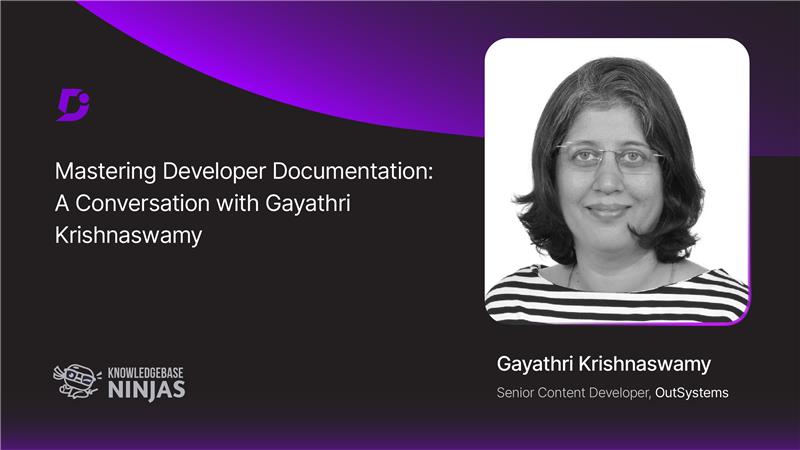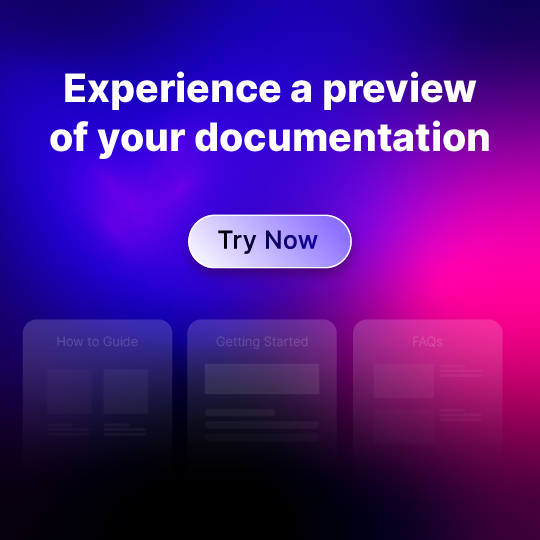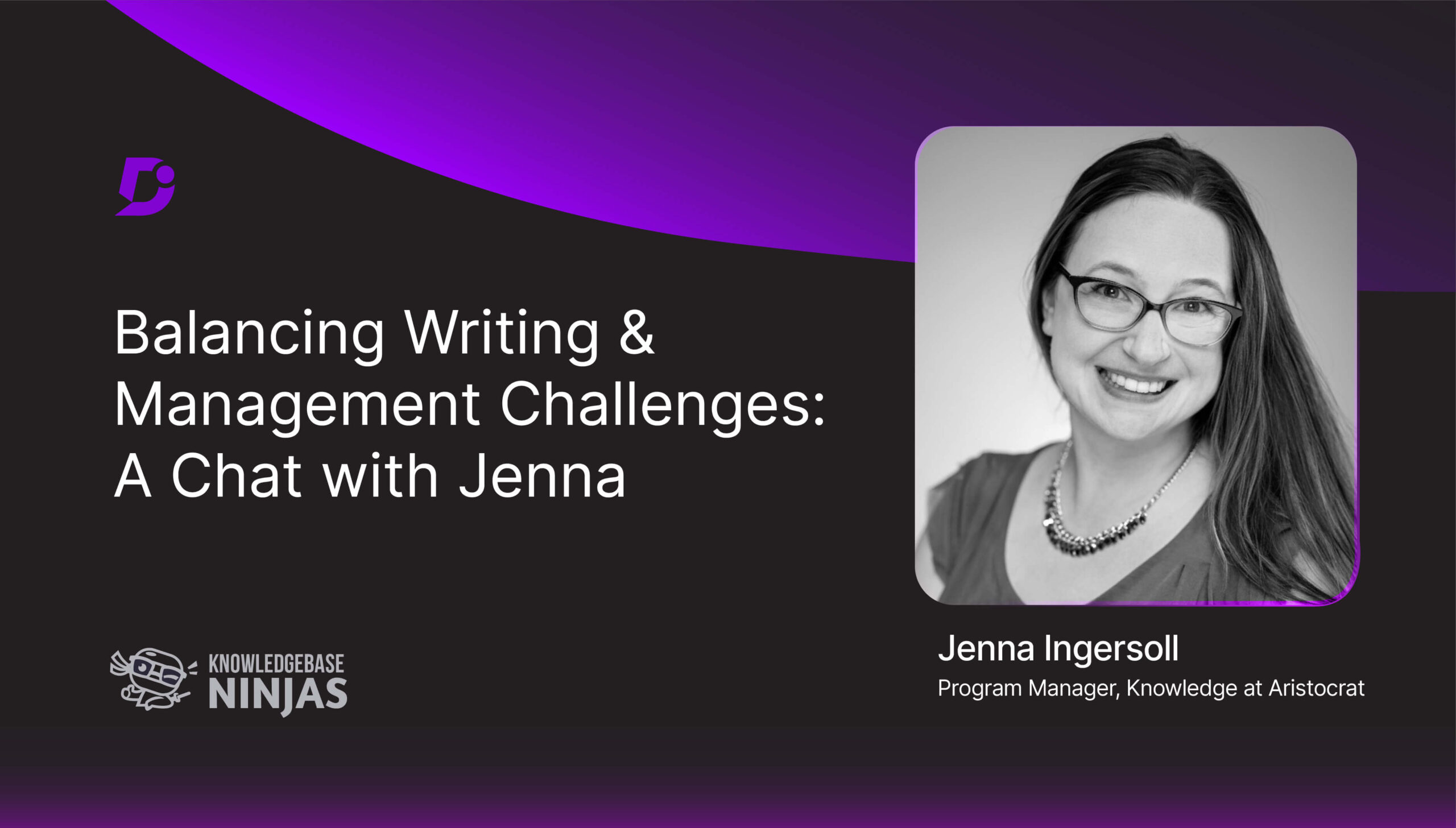In this episode of Knowledge Base Ninjas Podcast, we have Gayathri Krishnaswamy, Senior Content Developer at OutSystems. Gayathri shares her transition from development to technical writing, highlighting teamwork, empathy, and creativity in documentation. She explores the mindsets and tools that enable teams to produce developer-centric documentation at scale, particularly within high-tempo environments.
Watch the full podcast episode video here
About Gayathri
- Gayathri’s LinkedIn
- Gayathri Krishnaswamy works at OutSystems and writes successful documentation for a low-code development platform. She initially started out her career as a developer and later discovered her interest in technical writing. Her open-source contributions to the Good Docs Project, combined with her enterprise experience at organizations like Cisco, enrich her vision of creating user-first content that is scalable and impactful.
Key Takeaways
-
Documentation powers enablement – Documentation must not just record features but also effectively enable users. By assisting developers in getting started or fixing things, good documentation enables users to acquire what they require to accomplish tasks in a timely and efficient manner.
-
APIs deserve real conversations – Good API documentation requires more than technical acumen. It requires close collaboration among documentarians and developers. Close communication allows each group to know what the other expects from how the API should function, removing discrepancies and miscommunication.
-
AI writes drafts, humans craft meaning – AI can assist in creating the first draft of content or conducting research, but it’s not there yet. It takes human touch to decide that the content is correct, user-centric, and relevant, providing context and tweaking language that AI cannot do on its own.
-
Immerse yourself in the product to truly grasp its value – Hands-on experience with the product is the secret to great documentation writing. You cannot document a tool or a platform well if you have never actually used it yourself. With hands-on experience, you can spot pain points of the user and write content that works.
-
Writers are user advocates – Technical writers tend to be the first to try out the product from the user’s point of view. This places them well to identify areas of uncertainty, simplify instructions, and ensure the documentation adds to the overall user experience, making or breaking the product.
Rapid Fire
-
What are some valuable resources you would recommend to the viewers?
Docs for Developers book and Tom Johnson’s blog, I’d Rather Be Writing. - One word that comes to mind when you hear “documentation”?
Enablement -
A piece of advice you would give your 20-year-old self?
Be patient. Be empathetic. Learn how to research and understand your audience.
You can listen to the full episode on Apple, Spotify and YouTube.






 –
– 

